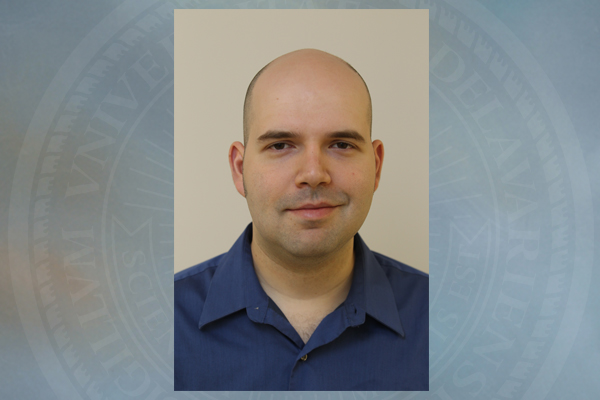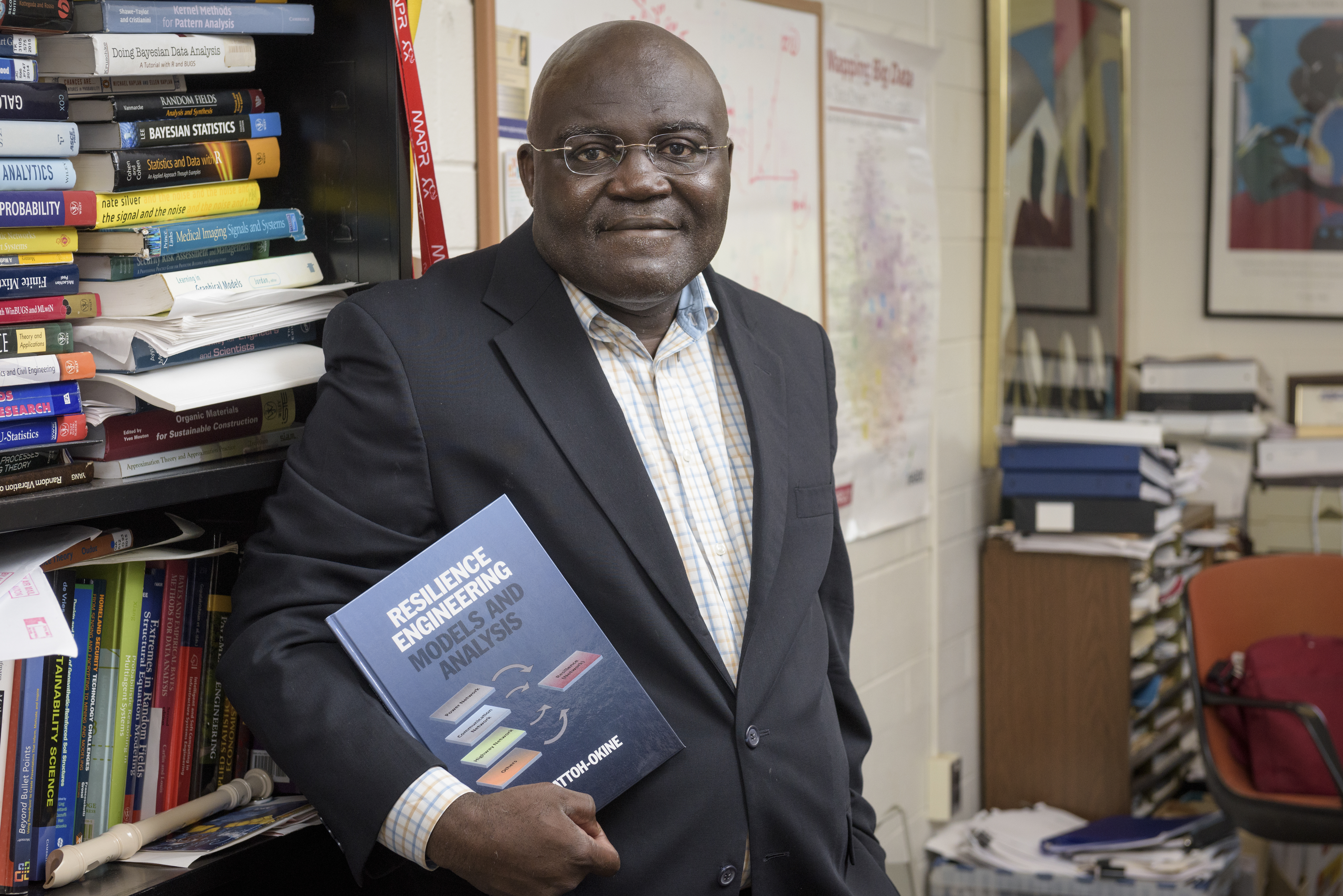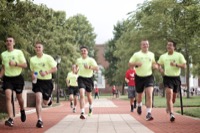

YouTube's first upload
UD grad student had no clue his 2005 video would make Internet history
12:28 p.m., Feb. 18, 2015--The video that launched YouTube -- the website that has become the world's drive-in movie theater -- was all in-the-moment stuff.
The 18-second clip, filmed by a University of Delaware graduate student in 2005, was nothing like the highly choreographed 2012 dance routine South Korean pop icon Psy delivered in Gangnam Style, which leads YouTube's charts with more than 2 billion views.
People Stories
'Resilience Engineering'
Reviresco June run
No, Yakof Lapitsky's clip at the San Diego Zoo was minimalist by comparison and would have been considered unremarkable except for one thing: It laid the groundwork for every YouTube video to come.
Lapitsky, working on his doctorate in chemical engineering at the time, was in San Diego to present his research at a meeting of the American Chemical Society.
His high school buddy, Jawed Karim, lived in San Diego, so they decided to meet at the zoo and catch up.
At the elephant exhibit, Karim handed Lapitsky his camera -- a point-and-shoot type, nothing fancy, Lapitsky said -- and asked him to film him.
Karim stands in front of several elephants, who are rummaging about behind him, and says their trunks are "really, really, really long." That's cool, he says.
"And that's pretty much all there is to say," he says.
End of video. And the start of a cultural phenomenon no one could have seen coming.
Lapitsky certainly didn't. His mind was on his research, which was focused on the interactions of surfactants with polyelectrolytes, interactions that have many potential applications for pharmaceuticals, capsules, and many other household products.
But Karim, his buddy, was one of the three founders of YouTube. He uploaded Lapitsky's clip to the new website on April 23, 2005, and "Me At The Zoo" became the first YouTube video. At last count it had been seen more than 18 million times. Thumbs-up reviews outnumber thumbs-down by almost 20-to-1.
It wasn't exactly a profound message, and Lapitsky has no idea what message he might have sent if he had known 18 million people would one day watch the clip.
"I didn't even know what the message of that video would be when I started filming," he said. "I wasn't aware what it would be used for."
It now is the public gateway to visual offerings both candid and crafted.
YouTube has brought viewers keyboard cats, laughing babies, Ice Bucket philanthropy, and the exhilaration of a kid lip syncing the Numa Numa song. Millions of dancers have strutted across the screen to Call Me Maybe and the Harlem Shake, and new voices were unveiled in Chocolate Rain and Susan Boyle's I Dreamed A Dream.
YouTube has shown the terrors of tsunamis, life in combat zones, the exploitation of Invisible Children. It has been used as propaganda and as a platform to spread terrorism.
It has assured people that It Gets Better, explained how to replace a washing machine hose, and provided a glimpse into the life and times of camel spiders.
Lapitsky, a native of Leningrad in the former Soviet Union, came to the U.S. in 1989 and met Karim in the high school they both attended in St. Paul, Minnesota.
He was drawn to UD for his doctorate work "because it has one of the best chemical engineering programs in the country," he said. He worked with Eric Kaler, who was the dean of the College of Engineering at the time and now is president of the University of Minnesota.
Lapitsky received his doctorate in 2006 and now is an associate professor in the Department of Chemical and Environmental Engineering at the University of Toledo.
He says he's a "casual user" of YouTube. He's not much for cat videos, but he likes to watch TED talks now and then, listen to music or see a foreign film that is not in circulation here.
And his research group, the Lapitsky Lab, posts experiments occasionally for educational purposes.
Nothing viral, mind you. But he's been there, done that.
Article by Beth Miller
Photo courtesy of the University of Toledo









